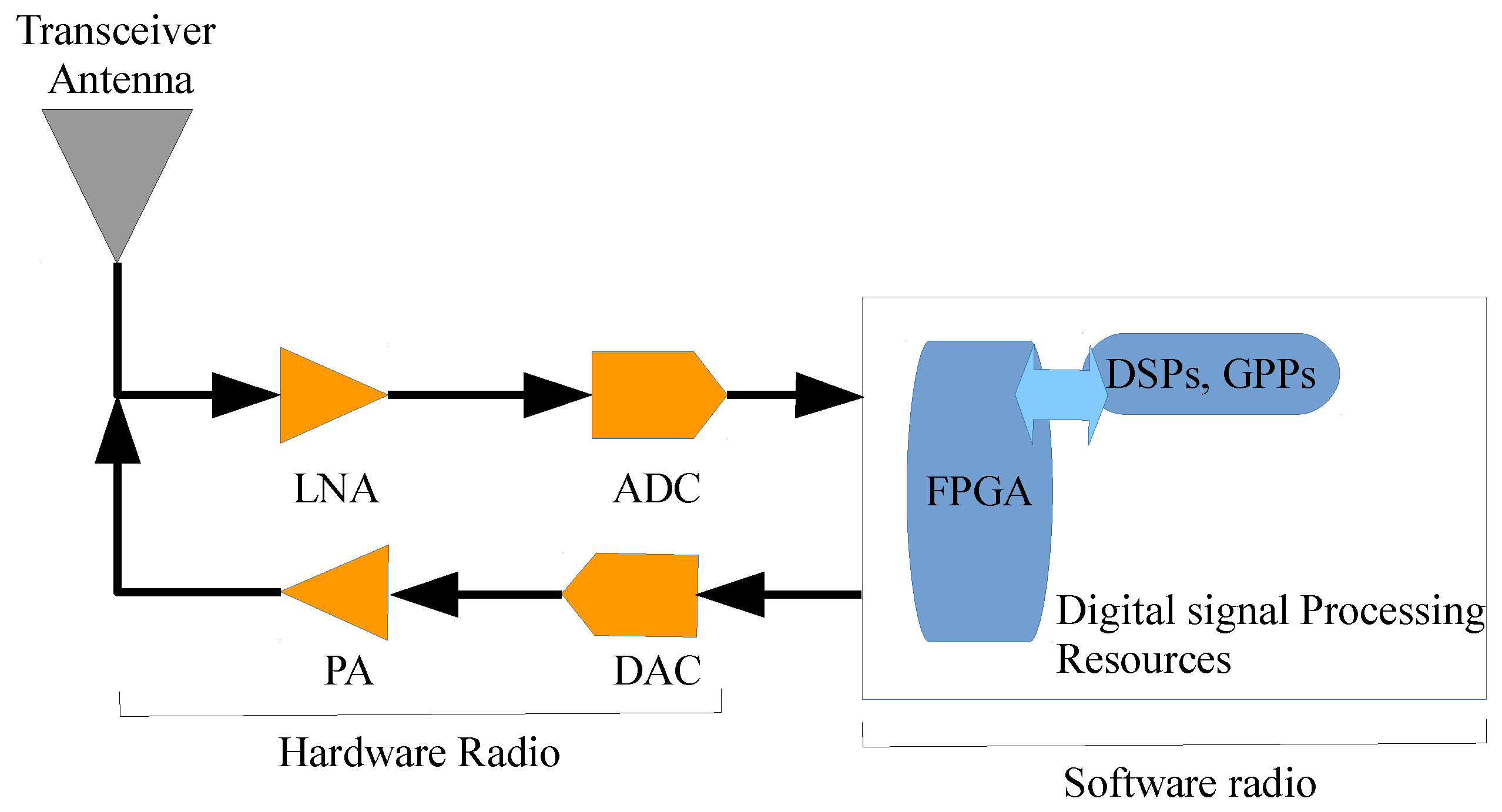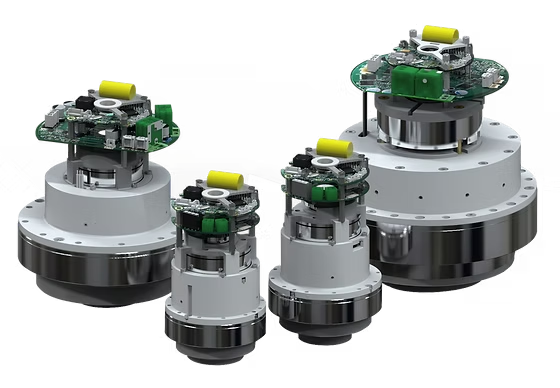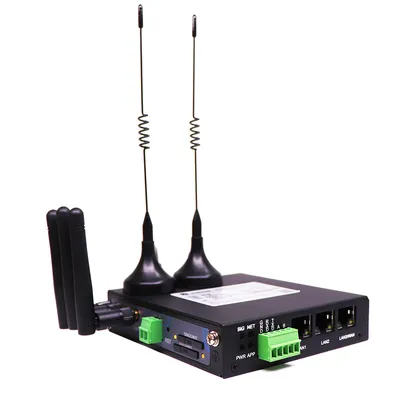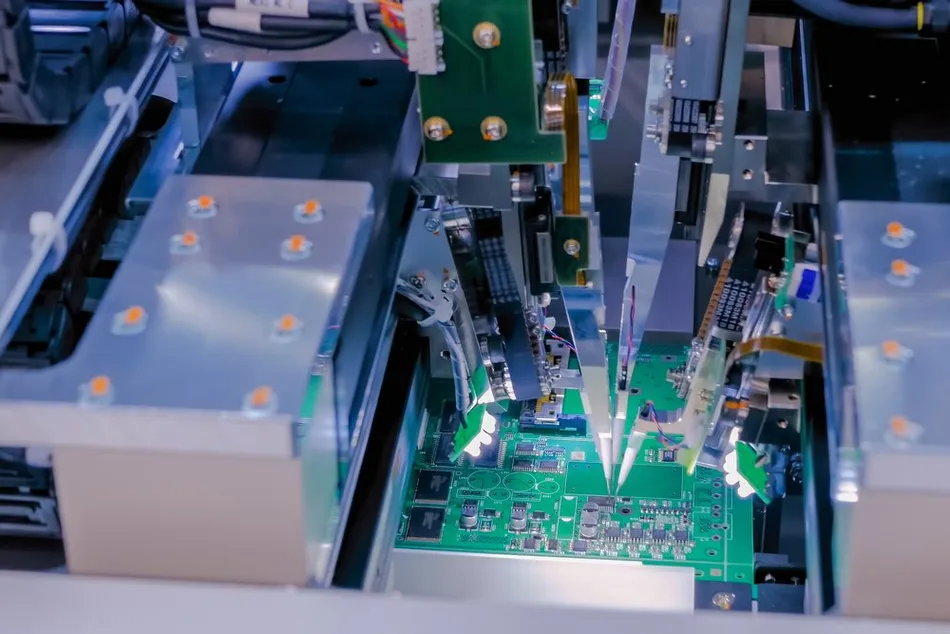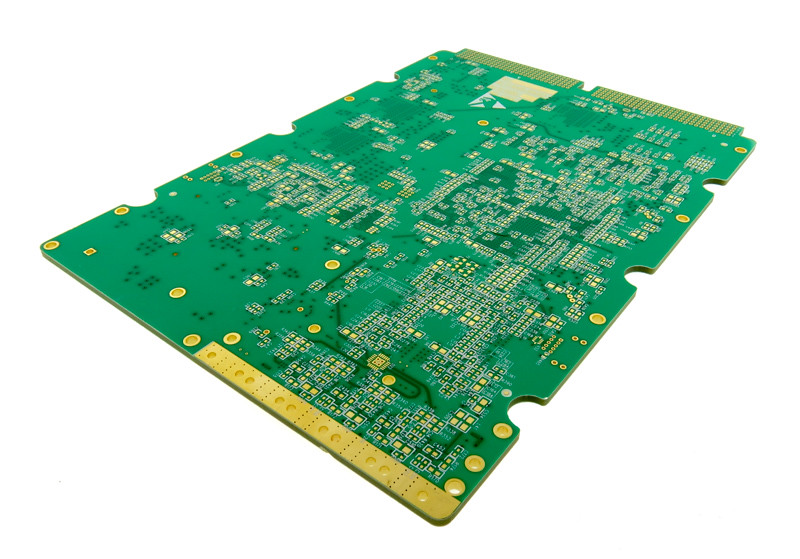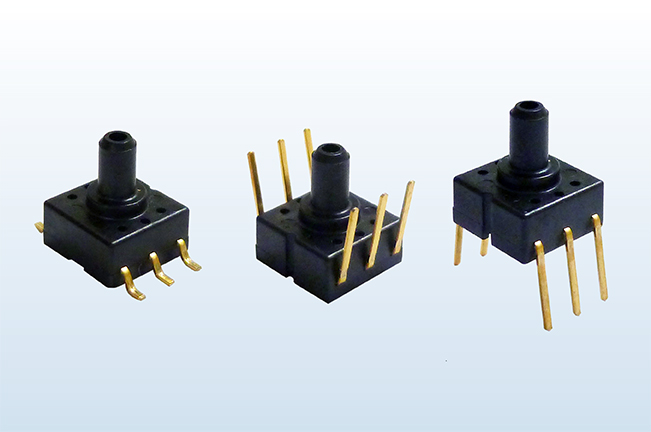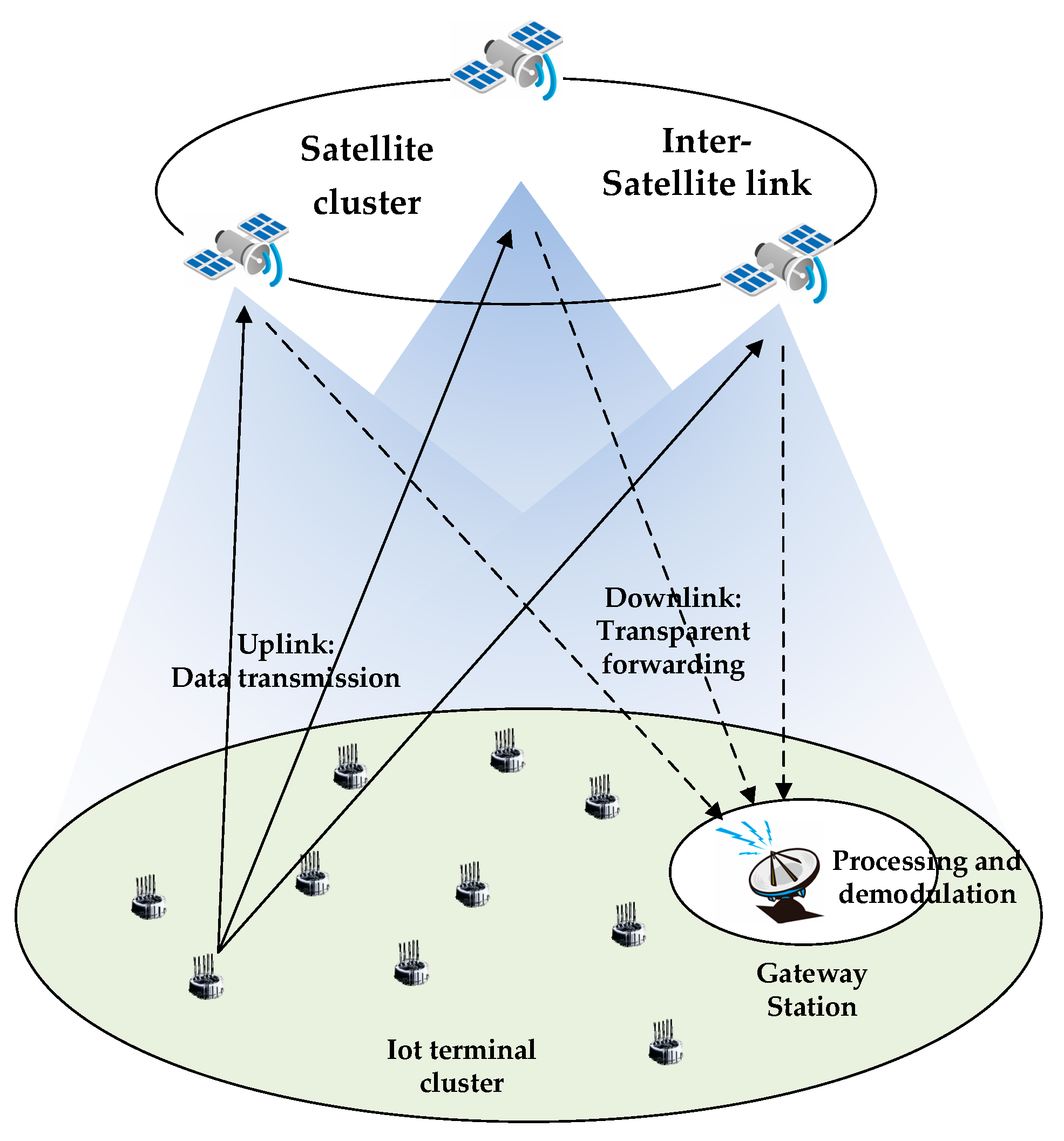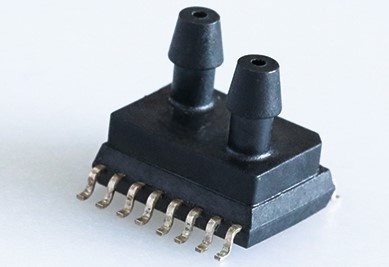1. Customer Challenge
Application: Military/5G Base Station SDR Backplane
Critical Requirements:
Support 12 independent RF channels without interference
Achieve cross-channel isolation >65dB @2.4GHz
Pass FCC Part 90 certification for industrial radio equipment
Withstand harsh environments (85°C/85%RH for 1,000+ hours)
1. Customer Challenge
Application: 5G Base Station/Radar Power Amplifier
Pain Points:
Low Efficiency: Only 35% at 6GHz, causing excessive heat
Unstable Performance: Return loss > -15dB, signal reflection issues
Material Limitations: FR4-only PCB led to dielectric loss (Df > 0.02 @10GHz)
1. Customer Requirements
Application: Industrial robotic joint drive control
Key Challenges:
Integrate 16-channel PWM control + current sampling within 80mm × 60mm
Excessive MOSFET temperature rise (>30°C @20A), causing throttling
Compliance with IEC 61000-6-4 (Industrial EMC Standard)
Client: A Leading Metro System Operator (Asia)Application: Underground Tunnel Communication Systems 1. Operational Challenges Environmental Conditions: Critical Failures Observed:▶ Insulation resistance (IR) dropped to <1GΩ within 6 months▶ Bit Error Rate (BER) surged to 10⁻⁴ (vs. required 10⁻⁸)▶ Frequent corrosion-induced signal loss (3+ annual maintenance interventions) 2. KKPCB’s Robust Manufacturing Solution Core Technical Innovations Technology […]
Client Industry: European EMC Testing Equipment Manufacturer Applications: ISO 17025-Certified Probe Calibration / High-Frequency Field Measurement 1. Manufacturing Challenges Critical Requirements: Previous Supplier Limitations:▶ Manual thickness compensation caused ±8% dielectric variation▶ PTFE delamination during lamination (yield loss 15%)▶ Probe-to-probe measurement deviation >±3.5dB 2. Precision Manufacturing Innovations (A) Proprietary Process Flow Process Stage Technical Breakthrough Control Precision Material Prepreg […]
Client Industry: European Industrial Equipment ManufacturerApplications: Particle Accelerator RF Systems / Industrial Microwave Heating 1. Industry Manufacturing ChallengesCritical Requirements: Previous Supplier Issues:▶ CTE mismatch in traditional aluminum substrates caused copper layer delamination▶ Manual MOSFET soldering led to ±15% thermal resistance variation▶ Water-cooling solutions increased system complexity by 30% 2. Advanced Manufacturing Solutions (A) Core Process […]
1.Background Overview
A client from Europe, engaged in the development of industrial automation systems, required integration of a high-precision pressure sensor module in their next-generation process control system. The module needed to detect subtle changes in gas or liquid pressure in real time to enable dynamic control and safety alerts.
Given the complex environment in which the equipment would operate, the client emphasized strict standards for PCB heat resistance, soldering reliability, and circuit stability.
KKPCB was selected as the PCBA manufacturing partner for this project due to our rich experience in industrial control applications and our proven ability to deliver high-reliability solutions.
Industry: Defense Electronics
End Applications:
Armored vehicle main control units
Field communication relay equipment
Manufacturing Challenges:
Heterogeneous material processing (AlSiC metal substrate + FR4 multilayer hybrid lamination)
Extreme environment reliability (MIL-STD-810H vibration compliance)
Military-grade quality control (100% inspection + batch traceability)
Previous Supplier Pain Points:
✔ AlSiC substrate yield only 65% (delamination due to CTE mismatch)
✔ PCIe gold finger contact failure rate 3,000 PPM (post-vibration)
✔ EMP shielding layer vacuum lamination yield below 80%
(ASTM E1647 Validated, 60% Cost Reduction vs. Ceramic Substrates) Project Introduction This project developed a mission-critical PCB for commercial satellite IoT terminals requiring: “The Rogers/Taconic hybrid stackup solved our insertion loss and CTE mismatch problems simultaneously.”— Lead RF Engineer (Client R&D Team) Key Specifications Parameter Target Achieved Frequency Range 902-928MHz (LoRa) + 1.5GHz (SatIoT) 850MHz-1.6GHz […]
1️⃣ Background Overview Global medical equipment is accelerating its intelligentization, and the requirements for the accuracy and reliability of pressure sensors in ventilators continue to increase. A Middle Eastern medical equipment manufacturer plans to upgrade its ventilator airway control system, which requires a differential pressure sensor module that can operate stably in a high temperature and […]







